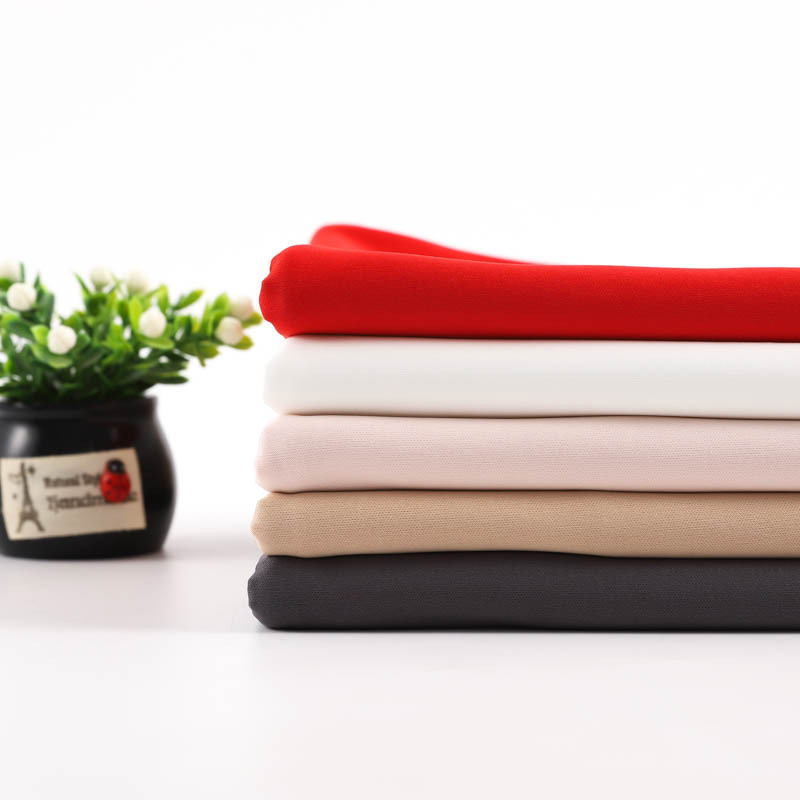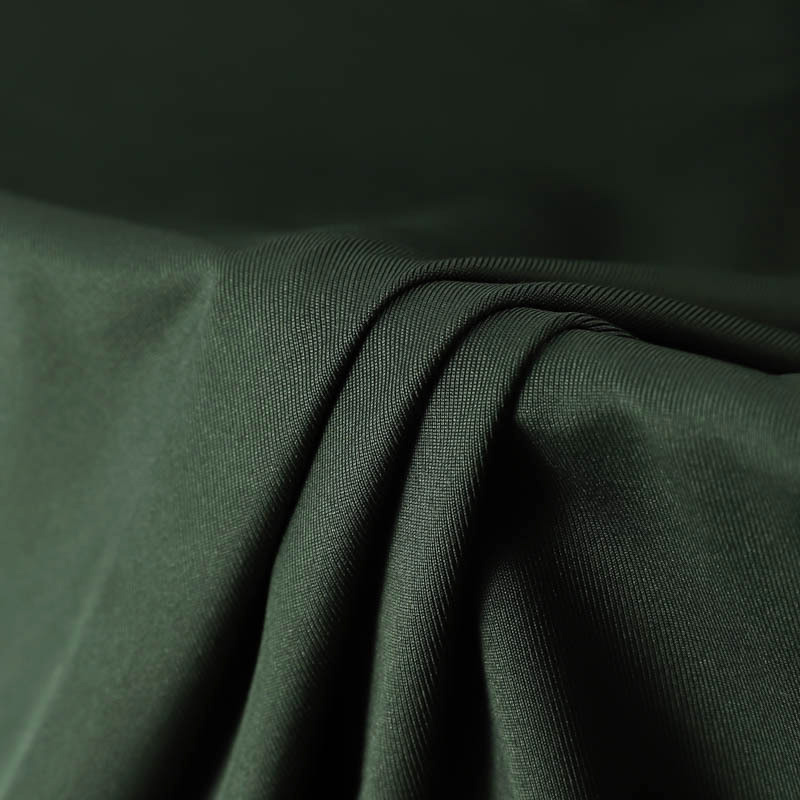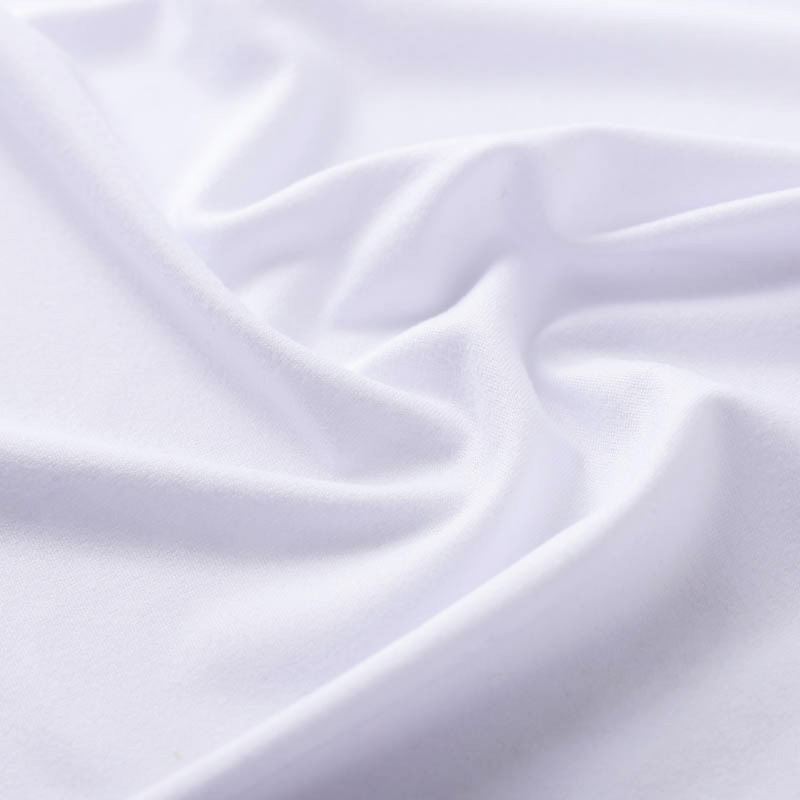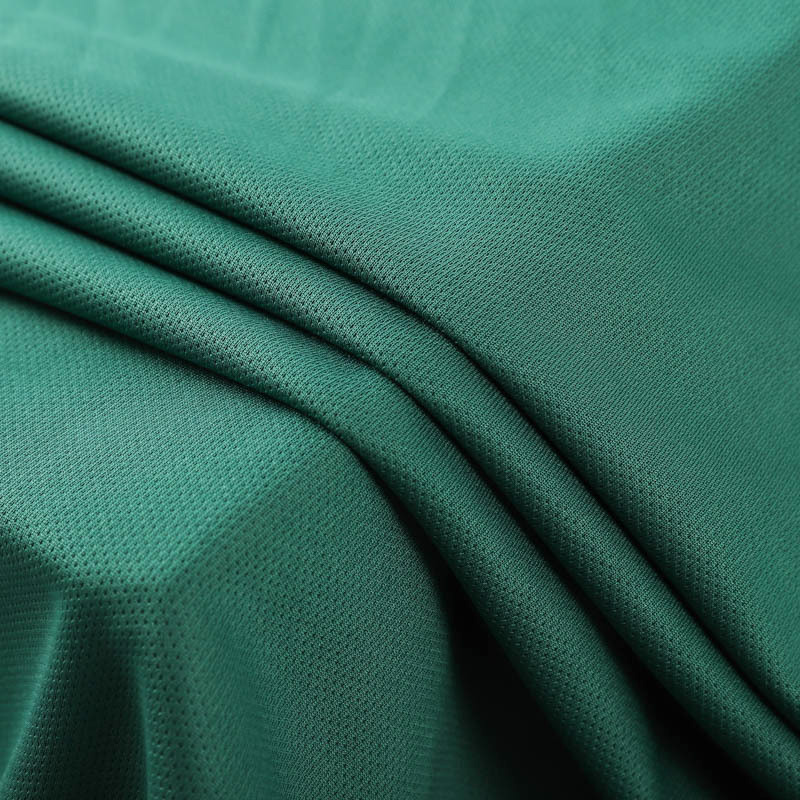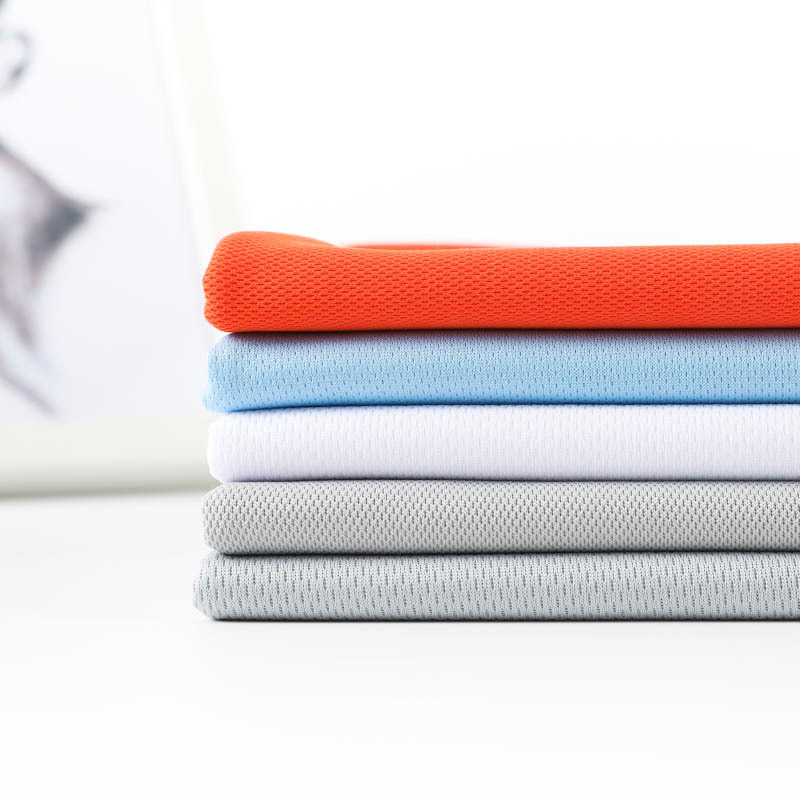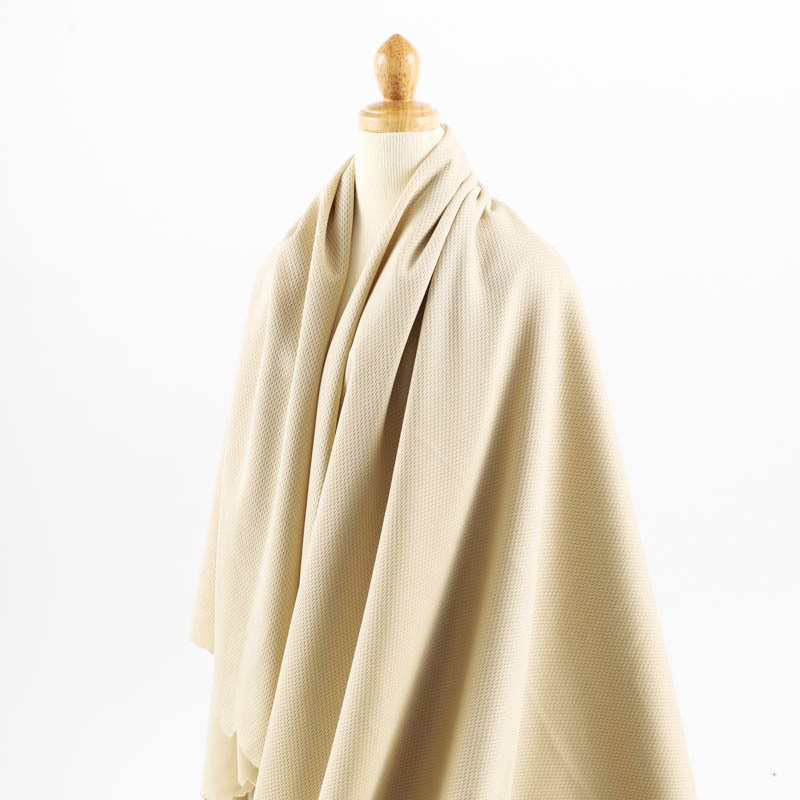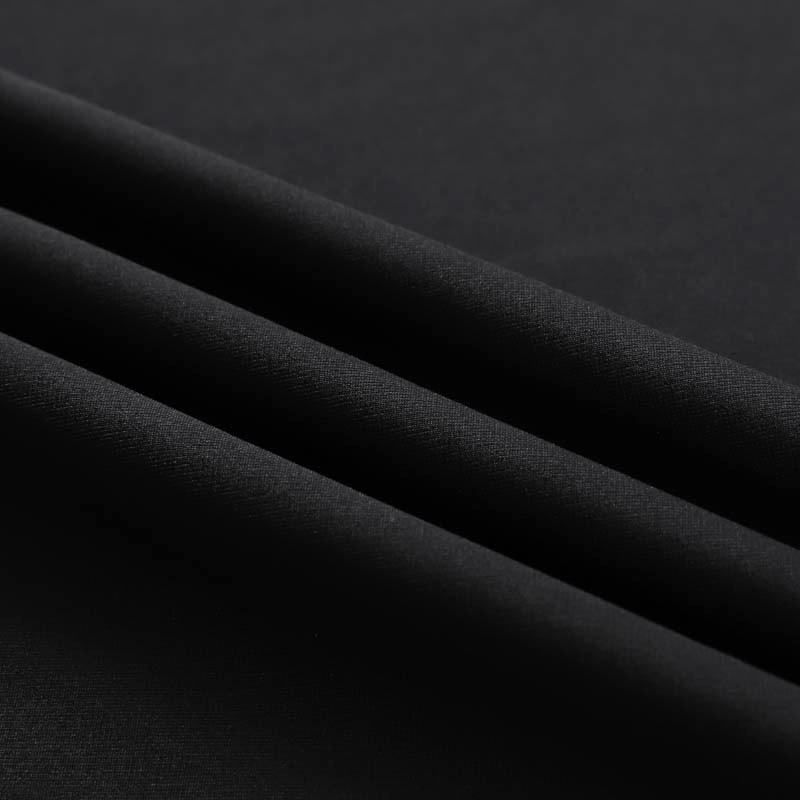In recent years, with people's pursuit of a healthy lifestyle and the popularity of outdoor activities, outdoor sports equipment, especially outdoor sports fabric, has gradually become the focus of consumers. From various forms of outdoor sports such as rock climbing, hiking, skiing to cycling, more and more people have begun to pay attention to the comfort, functionality and professionalism of sports equipment, which has promoted the rapid development of outdoor sports fabric technology. And all of this is driven by multiple factors.
With the continuous expansion of outdoor sports, athletes' demands for sports equipment, especially fabrics, are becoming more and more diversified. Different types of outdoor sports have very different functional requirements for fabrics. For example, sports at high altitudes and low temperatures, such as mountaineering and skiing, require fabrics to have extremely strong **windproof, waterproof and warm performance**; while sports such as long-term cycling and running require fabrics to be more breathable and lightweight, and can effectively wick away sweat and keep the body dry. The diversification of outdoor sports has made fabric research and development not only stay on basic functions, but also develop in the direction of professionalism and customization. As consumers' functional requirements for specific sports equipment are gradually refined, more products designed for a specific sport have appeared in the outdoor sports fabric market.
With the popularity of outdoor sports, sports enthusiasts' demand for fabrics has shifted from the initial "durability" and "comfort" to more diversified requirements. When choosing outdoor sports fabrics, consumers are no longer limited to basic durability and comfort, but are increasingly concerned about the versatility, technicality and environmental friendliness of fabrics.
Modern outdoor athletes' requirements for equipment far exceed the traditional "wearing comfort" standard. As the sports environment becomes increasingly harsh, athletes need equipment with more functional features. For example, in cold weather, temperature control and regulation fabrics become an important demand; in high-intensity sports, breathability and perspiration have become uncompromising standards. High-tech fabrics can not only effectively regulate body temperature and prevent overheating or overcooling, but also protect athletes from direct sunlight through UV protection.
Athletes hope that equipment can provide the most comfortable experience and reduce the restrictions on sports caused by clothing restraints. More and more outdoor sports fabrics use elastic fibers, which can provide flexibility and fit during exercise, allowing athletes to maintain maximum freedom of movement in different sports postures.
As consumers' demand for personalization increases, customized equipment has begun to enter the market. Many outdoor brands have launched personalized sports fabrics and customized services, allowing consumers to choose different functional fabrics according to their personal needs, and even personalized designs of details such as colors and styles. Consumers increasingly hope to improve their sports performance and comfort by choosing equipment that meets their personal needs.
The development of outdoor sports fabrics is inseparable from the continuous promotion of science and technology. With the emergence of new technologies and the continuous advancement of materials science, the performance of fabrics has been significantly improved, bringing better user experience to athletes.
The application of nanotechnology has greatly promoted the innovation of outdoor sports fabrics. By applying nano-coating on the surface of fabrics, multiple functions such as waterproof, anti-fouling, anti-ultraviolet, and antibacterial can be achieved. In addition, nanotechnology can also make fabrics lighter and more durable, and enhance their anti-aging and anti-wear properties. Many well-known brands have begun to adopt nano-coating technology to better improve the functionality and performance of fabrics.
At present, many outdoor sports brands are actively developing high-performance fibers, such as polyester fibers, polyurethane fibers and other new materials. These new fiber materials are not only light and durable, but also enhance the breathability and comfort of fabrics, and improve anti-ultraviolet, antibacterial and deodorizing functions. With the continuous application of these new materials, the performance of outdoor sports equipment will be even better and able to cope with more complex sports environments.



 English
English  中文简体
中文简体 